Cooking oils are kitchen essentials, but not all of them have the same shelf life. Some oils go rancid much faster than others due to their chemical makeup, especially those rich in polyunsaturated fats. When these oils spoil, they develop an unpleasant smell and taste that can ruin your recipes. Understanding which oils need special storage or quick use can save you money and improve your cooking.
1. Flaxseed Oil
Golden and nutty, flaxseed oil packs an impressive nutritional punch but demands careful handling. Once opened, this delicate oil begins its countdown to deterioration, lasting merely 6-8 weeks even when kept in the refrigerator.
The culprit behind its short lifespan is its abundance of alpha-linolenic acid (ALA), an omega-3 fatty acid that reacts quickly with oxygen. This reaction creates compounds that give the oil a paint-like smell when it turns rancid.
Store flaxseed oil in an opaque bottle in the coldest part of your fridge. Never heat this fragile oil – instead, drizzle it over finished dishes, blend it into smoothies, or whisk it into salad dressings to preserve both its flavor and nutritional benefits.
2. Hemp Seed Oil
Emerald-tinted hemp seed oil offers a grassy, nutty flavor profile that enhances many dishes. Despite its growing popularity, this oil demands respect for its finicky nature, lasting only 6-12 weeks after opening even when properly refrigerated.
Light, heat, and air are the sworn enemies of hemp oil due to its high concentration of polyunsaturated fats. These fats, while nutritionally valuable, break down rapidly when exposed to environmental factors. The first sign of spoilage is often a sharp, unpleasant odor.
For maximum freshness, store hemp oil in its original dark bottle, tightly sealed in the refrigerator. Reserve this special oil for cold applications like dressings and dips, where its distinctive flavor can truly shine without degradation.
3. Walnut Oil
Amber-hued walnut oil delivers a sophisticated, slightly bitter nuttiness that elevates everything from salads to roasted vegetables. French chefs have long treasured this oil, but they know to use it quickly – it only stays fresh about 3 months in the refrigerator before turning bitter.
The oil’s high omega-3 content makes it particularly vulnerable to oxidation. When walnut oil breaks down, it develops a paint-thinner aroma and loses its delicate flavor nuances. This process accelerates dramatically if the oil is exposed to heat during cooking.
Purchase walnut oil in small quantities and keep it cold. Use it as a finishing touch rather than a cooking medium – try it drizzled over steamed vegetables, whisked into vinaigrettes, or as a flavorful addition to baked goods where its rich character can truly shine.
4. Pumpkin Seed Oil
Deep emerald and intensely aromatic, pumpkin seed oil has been an Austrian culinary treasure for centuries. This specialty oil delivers an earthy, toasted flavor that transforms ordinary dishes into gourmet experiences, but its shelf life extends only 3-6 months when refrigerated.
The vibrant color comes from chlorophyll, which unfortunately accelerates deterioration when exposed to light. Additionally, pumpkin seed oil contains unsaturated fats that begin breaking down almost immediately after pressing. You’ll know it’s gone bad when the rich nutty aroma turns sharp and acrid.
Keep this precious oil in an airtight, opaque container in your refrigerator. Showcase its unique flavor by drizzling it over soups, yogurt, ice cream, or roasted vegetables – the Austrians even enjoy it over vanilla ice cream as a special treat!
5. Avocado Oil
Pale green or buttery yellow, avocado oil offers a mild, grassy flavor and impressive heat tolerance that makes it versatile in the kitchen. While more stable than some oils on this list, opened avocado oil still has a relatively short 6-month window before quality noticeably declines.
Natural chlorophyll gives some avocado oils their greenish hue, but this compound accelerates degradation when exposed to light. The oil’s monounsaturated fat content provides some stability, but improper storage can quickly lead to rancidity. Many consumers don’t realize their avocado oil has spoiled because the flavor changes gradually.
Store in a cool, dark cabinet away from your stove. For longer shelf life, refrigeration is ideal though it may cause the oil to become cloudy – this is normal and doesn’t affect quality. Use for medium-high heat cooking or in dressings where its subtle flavor can complement other ingredients.
6. Grapeseed Oil
Almost colorless with a clean, neutral taste, grapeseed oil has become a favorite among professional chefs for its versatility and high smoke point. What many home cooks don’t realize is that this wine industry byproduct has a surprisingly brief 3-6 month shelf life after opening.
Grapeseed oil contains one of the highest levels of polyunsaturated fats among cooking oils – around 70% – making it extremely vulnerable to oxidation. When these fats break down, they create compounds that not only taste unpleasant but may also be harmful. The oil’s initial neutrality makes detecting rancidity challenging for untrained palates.
Store away from heat and light in a tightly sealed container. Consider refrigeration for extended freshness, especially in warm climates. Use this versatile oil for sautéing, stir-fries, and homemade mayonnaise where its clean profile allows other flavors to shine.
7. Unrefined Sesame Oil
Richly amber and intensely aromatic, unrefined sesame oil delivers the distinctive nutty flavor that defines many Asian cuisines. A little goes a long way with this potent oil, which is fortunate since its shelf life maxes out at about 6 months after opening, even with careful storage.
The toasted variety contains compounds that give it that signature aroma but also make it particularly prone to oxidation. Light exposure dramatically accelerates deterioration, causing the oil to develop a harsh, bitter taste that can overpower dishes. Many cooks make the mistake of storing this oil near their stove for convenience.
Always keep sesame oil in the refrigerator in a dark, airtight container. Use it as a finishing touch rather than a cooking medium – add a few drops to stir-fries after removing from heat, drizzle over noodle dishes, or incorporate into dipping sauces where its concentrated flavor can truly shine.
8. Hazelnut Oil
Amber-colored and exquisitely fragrant, hazelnut oil brings a distinctive roasted flavor that can transform ordinary dishes into gourmet experiences. French and Italian chefs prize this specialty oil, but they’re careful to use it quickly – its shelf life is a mere 3-4 months even when refrigerated.
The high percentage of monounsaturated fats gives hazelnut oil some stability, but its aromatic compounds are extremely sensitive to oxygen exposure. Once rancidity begins, the oil quickly develops a paint-like smell that overwhelms its delicate nutty notes. Heat exposure dramatically accelerates this deterioration process.
Store in the refrigerator in a dark glass bottle with minimal headspace. Bring to room temperature before using to fully appreciate its complex flavor. Try it drizzled over roasted vegetables, whisked into chocolate desserts, or as the secret ingredient in homemade vinaigrettes where its luxurious character can truly shine.
9. Almond Oil
Pale gold with a delicate, sweet aroma, almond oil offers subtle nutty notes that enhance both sweet and savory dishes. Though more resilient than some specialty oils, an opened bottle still has a relatively short 6-month window before quality begins to decline noticeably.
The oil’s moderate level of monounsaturated fats provides some stability, but its polyunsaturated fat content makes it vulnerable to oxidation over time. Many cooks don’t notice when almond oil has spoiled because the flavor changes gradually rather than dramatically. A simple smell test reveals the truth – fresh almond oil has a clean, mild scent.
For maximum freshness, store in a cool, dark place in a tightly sealed container. Consider refrigeration in warmer months. Almond oil shines in baked goods like muffins and cookies, adds dimension to Mediterranean dishes, and makes an excellent base for infusions with herbs or spices.
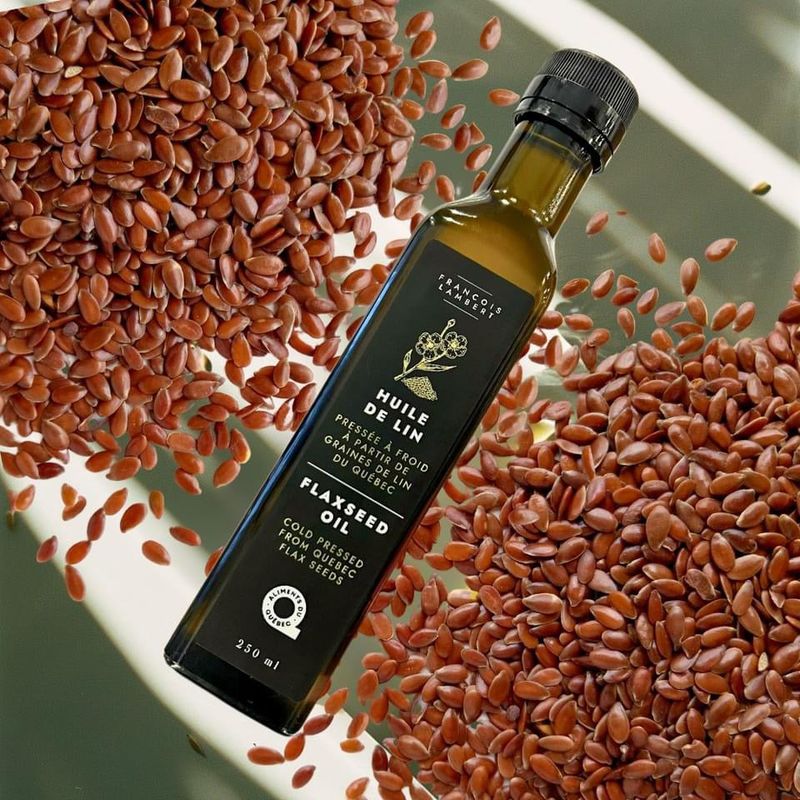
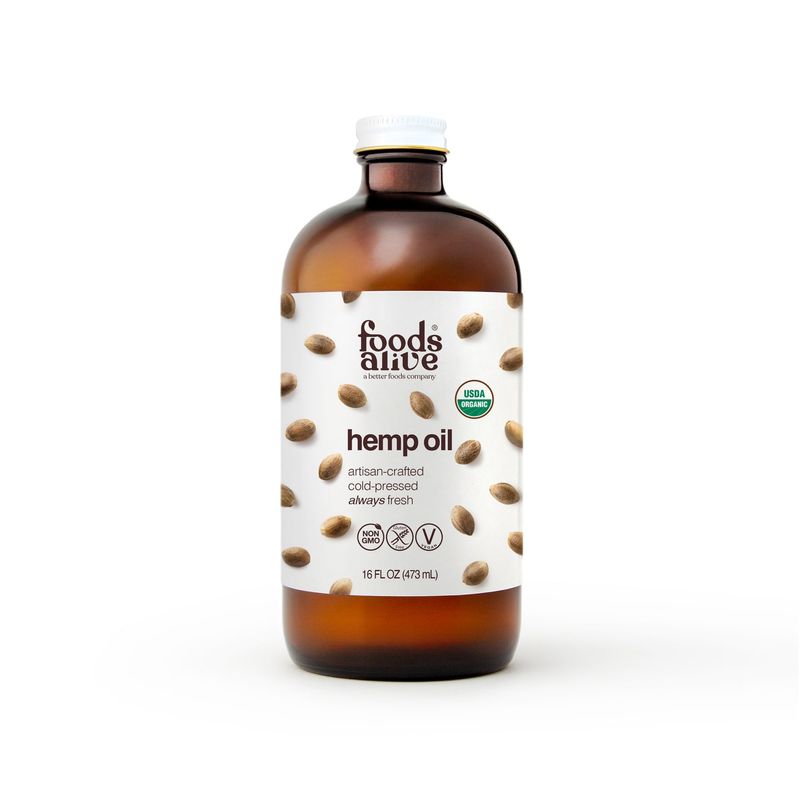
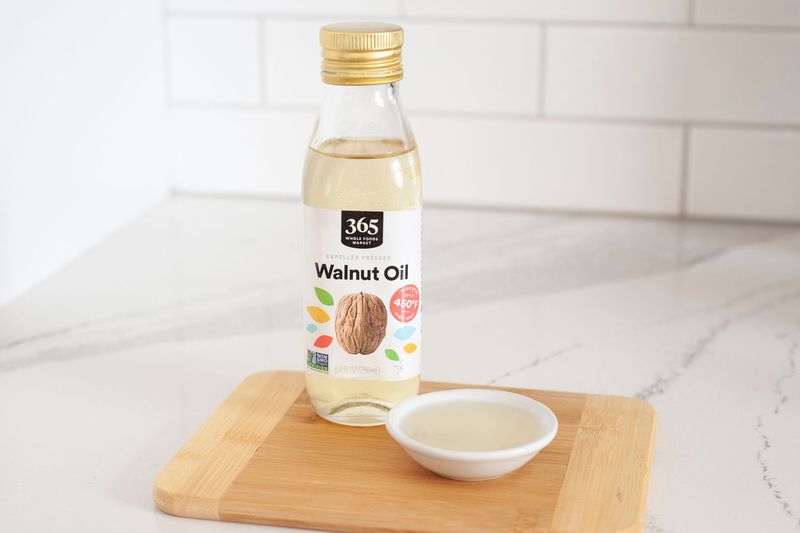
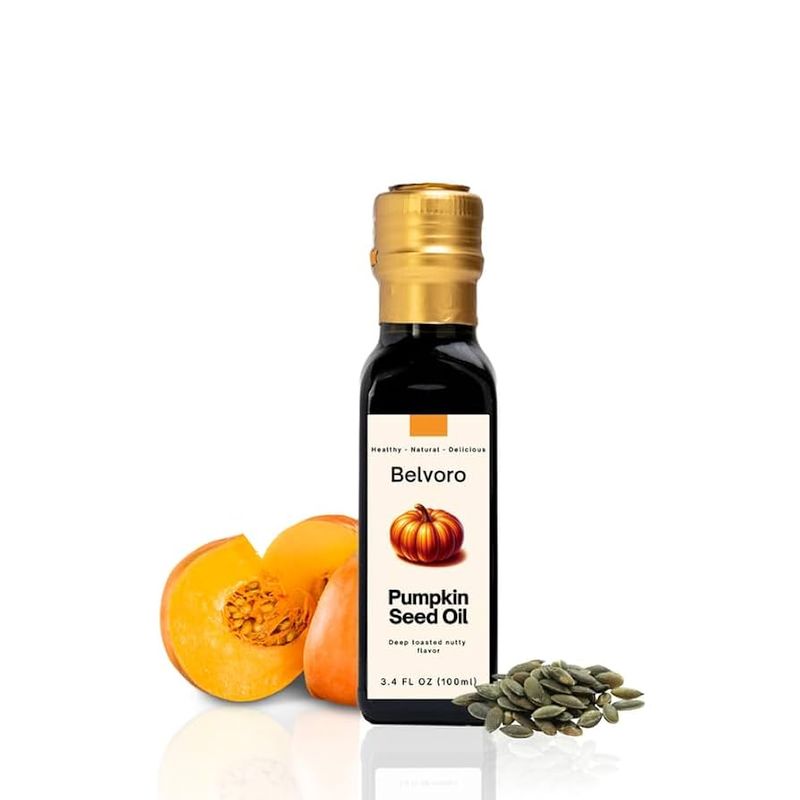

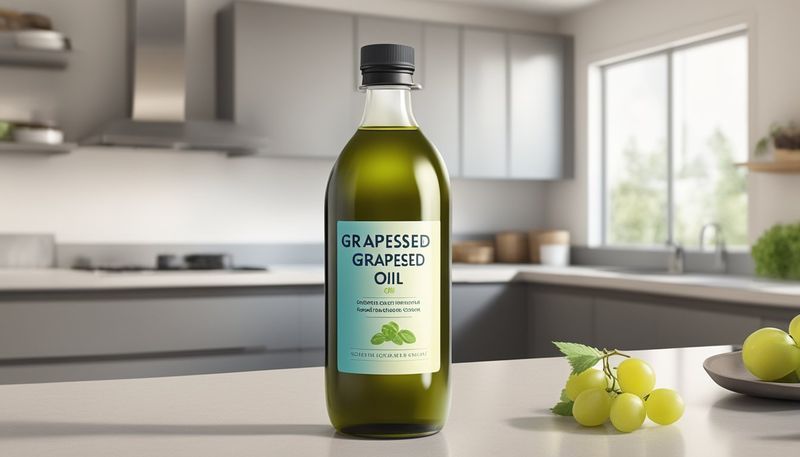
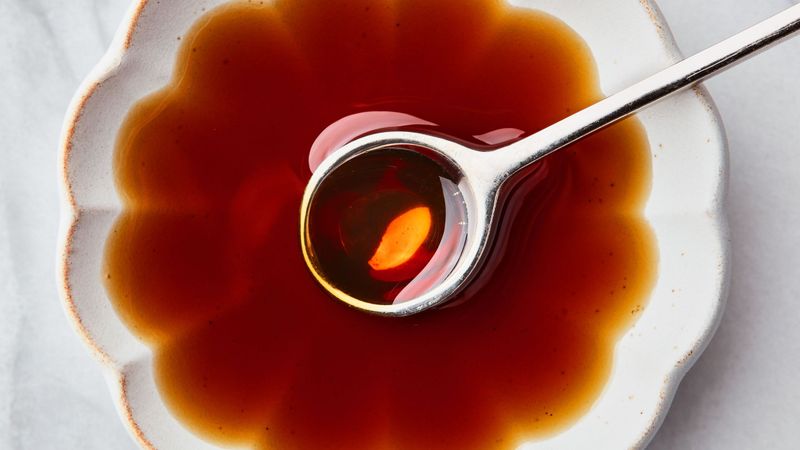
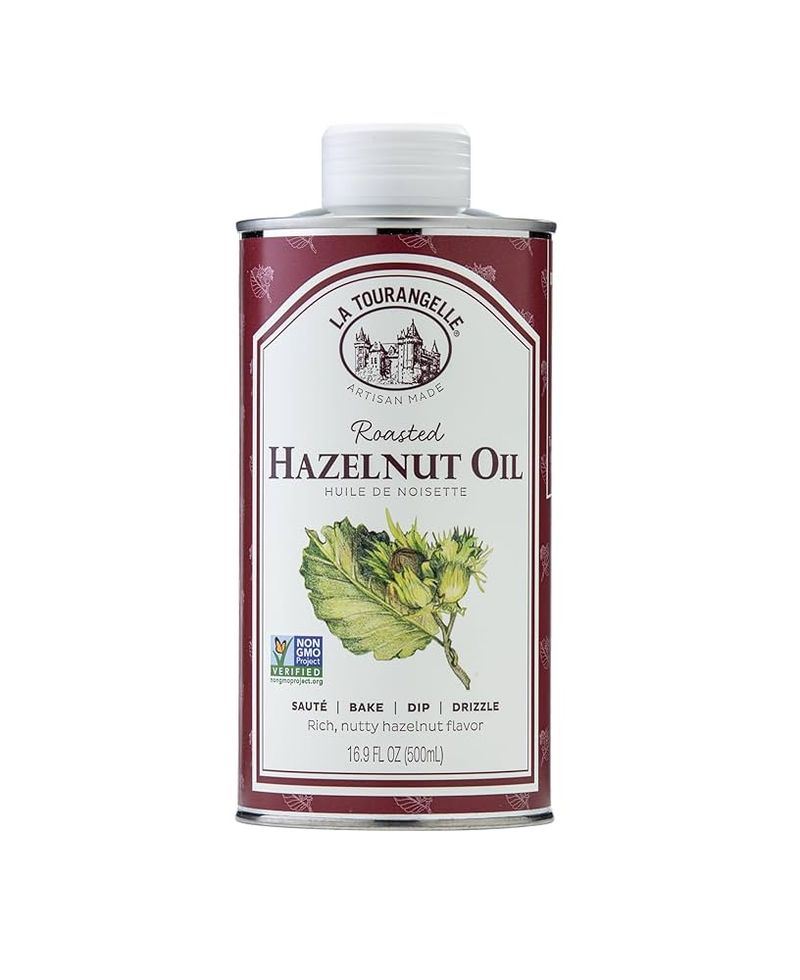
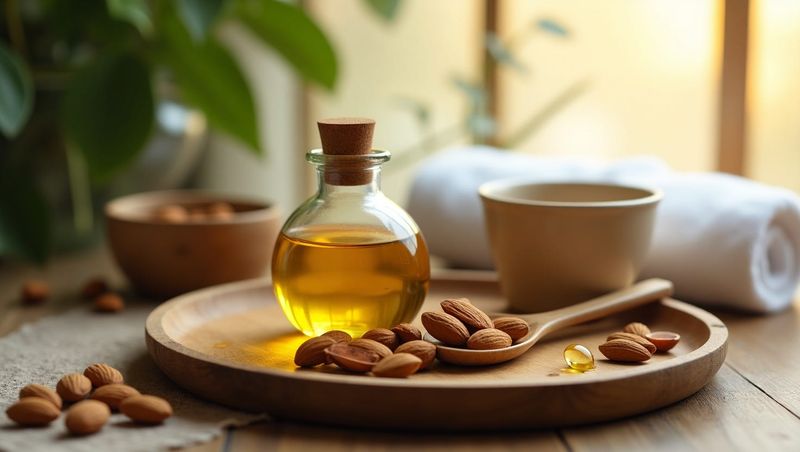
Leave a comment